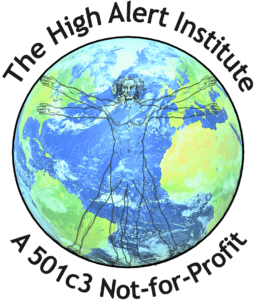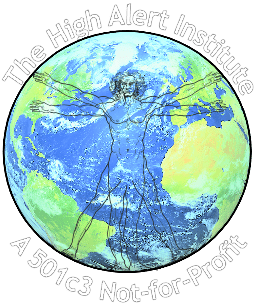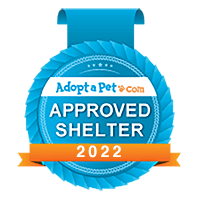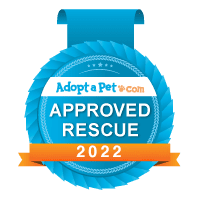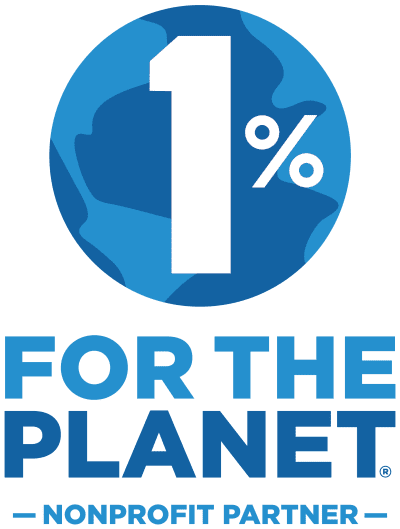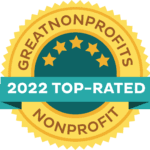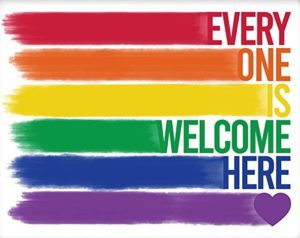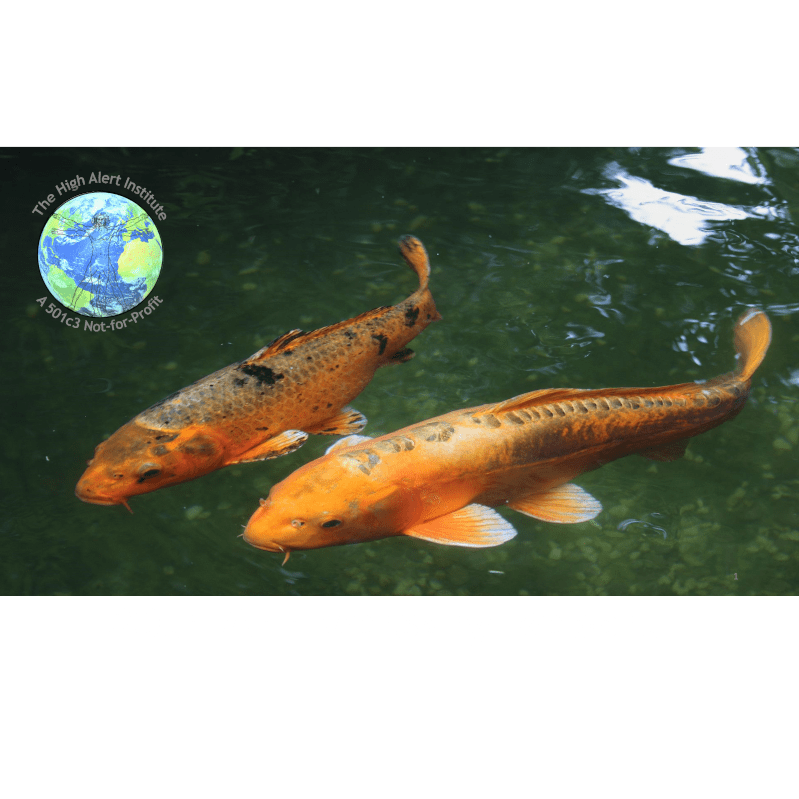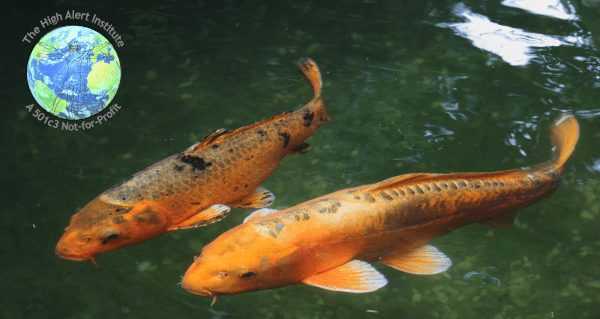Getting Voted Back onto the Island
Part 2 – Surviving: The Physical Needs
By: Dr. Maurice A. Ramirez
Updated: O4Oct2022
An increasing number of business continuity professionals and disaster recovery experts are discovering that the most vulnerable links in the continuity of operations chain are the people a business serves and those who serve them. While this seems intuitively obvious now, for decades, resolving the fragility of technology has been the exclusive focus of the industry.
This series has explored why employees and customers are prone to staying away from business sites, gathering their “tribe” close, and effectively voting businesses off the island.
Their Needs, Your Needs, and Our Needs
The greatest need of a business during adversity, crisis, or disaster is staffing. All things equal, the business able to mount the best response will be the business with the most people responding. The problem is that the same is true for individuals and their tribe (those close to them). These competing needs create the first conflict: the tribe needs manpower and your business needs manpower, but the individual employee must choose where to place their priorities in light of limited resources. In this equation, the business is predisposed to lose.
Changing the equation means changing the perception that human resources must be allocated to the tribe or the business to the perception that human resources can be shared simultaneously between the tribe and the business. To accomplish this feat, the business must partner with the individual to provide one or more of the tribe’s survival needs in each of the two survival functions, safeguarding and sustaining.
Safeguarding: The Most Basic Human Function
Before an individual (employee or customer) leaves their tribe and journeys to the business, the individual must be assured that they and the tribe are safeguarded in a very concrete fashion. For a business to partner with the individual to safeguard the tribe, the business must not only ensure a safe and secure environment at the work site. It must assist the individual in providing that safety and security for the rest of the tribe, whether the tribe accompanies the individual to the business site or remains elsewhere.
The need to safeguard the tribe explains why individuals will venture out to purchase building supplies at the local hardware store or obtain medical care at the emergency room even before roads are safe. Similarly, hospitals and emergency shelters have long known that if they allow staff families to shelter in place at the work site, absenteeism falls precipitously. Shelter assistance, home repair services, alternate housing sites, travel assistance, transportation, and “disaster daycare” are a few suggestions that businesses should consider for laying the foundation for partnering with the tribe.
Sustaining: The Most Obvious of Needs
The key to becoming a partner for sustaining the tribe is to become as essential as the things that sustain each member of the tribe. In times of crisis and disaster, tribes seek to become like spacecraft, self-contained vessels protecting that which sustains life; air, water, food, clothing, and fuel. Most business disaster plans, continuity of operations plans, pandemic plans, and business continuity plans, if they address survival needs at all, seek to make the business site like a space station to sustain the individual. The business owner that becomes a true tribal partner provides for those their business aims to attract in the same way they provide for their tribe. In this way, they identify the sustenance unique to their locality. Few hardware stores sell canned foods and camping meals. But, when a hurricane threatens, these stores stock the shelves with water and canned goods, knowing that this will attract the customers already in need of the safeguarding that building repair supplies facilitate.
Most supplies that sustain the tribe are common sense items easily stockpiled and even more easily distributed. Stockpiling is one area where business continuity professionals and disaster recovery experts excel. Still, it must be remembered that like the food at the hardware store, these supplies only attract people if they believe their tribe is safe. Moreover, these sustaining supplies only attract people to a particular business if that business is associated with the tribe’s safety.
Welcome to the Tribe
People’s instinct during and after a crisis or disaster is to gather those most dear to them, then partner with those most beneficial. In the modern age of organized disaster response, emergency services, and volunteer aid, the window of opportunity for a business to be “useful” or even “relevant” is vanishingly small. However, when a business has built relationships with employees and customers, collaborating for the needs of their respective tribes, the business becomes part of the tribe and gets to stay on the island.
The next segment of this series will examine,
Part 3 – Gratifying: Emotional, Interpersonal, and Spiritual Needs.
